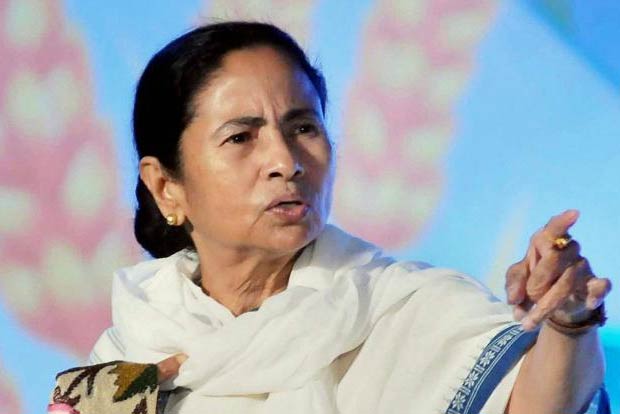Begin typing your search...
Editorial: Mamata’s prime ministerial play
The big question of course is whether Banerjee can command a nationwide appeal. While her Bengali background is possibly something of a disadvantage in a country that favours national leaders from the Hindi heartland, she has a couple of factors going in her favour.

New Delhi
Of late, there is a keenness and a sense of urgency about Mamata Banerjee. The Trinamool Congress chief has clearly sensed an opportunity – the formation of a viable anti-BJP alliance with herself at the head of it. That Banerjee, who delivered a resounding victory in the recent Bengal Assembly election, has prime ministerial ambitions is no political secret. Her recent moves are single-mindedly directed at playing a larger role in national affairs.
She followed up her recent meeting with Sharad Pawar with a cryptic comment that there was no UPA at the moment. Saying this after she met another opposition leader with strong reservations about the Congress, sends a clear signal that she is attempting to build an opposition front outside the Congress. In Uttar Pradesh, she is trying to cobble an alliance with Akhilesh Yadav’s SJP and parallelly trying to build an organisational base in the country’s largest state. She has already declared she will campaign in Prime Minister Narendra Modi’s home turf of Varanasi. A part of this strategy of course involves undermining the Congress, something she pulled off with spectacular effect in Meghalaya by getting 12 Congress MLAs, including former Chief Minister Mukul Sangma, to cross over to the TMC. The focus on growing beyond Bengal is reflected in her attempts to gain some traction in states such as Haryana, Punjab, and Bihar, and is also reflected in her persuading players such as former cricketer Kirti Azad, former Rahul Gandhi aide Ashok Tanwar, and Rajya Sabha MP Pawan Verma, once a close adviser of Nitish Kumar, to join the party.
The big question of course is whether Banerjee can command a nationwide appeal. While her Bengali background is possibly something of a disadvantage in a country that favours national leaders from the Hindi heartland, she has a couple of factors going in her favour. First, unless the Congress is able to refashion and rejuvenate itself, there is a chance that its electoral strength will diminish even further. Second, whatever her weakness, Banerjee has the image of being a strong leader, one that is both unafraid and unperturbed about taking on the formidable challenge posed by the BJP.
The other significant concern is how many parties she can rope in under a non-NDA, non-UPA umbrella. Together with Sharad Pawar’s NCP, she has a good starting ground, but the question is whether – or really why – parties such as the SJP and the RJD will be willing to jettison the Congress altogether for such a pre-poll formation. And then there are those parties such as the DMK, which would probably prefer to team up with the rump of the Congress rather than a non-existent TMC in Tamil Nadu. As things stand, Banerjee’s best hope would probably lie in cobbling together a government with external support from the Congress and its partners. But the general election is still years away, and there is plenty of time to assess the electoral mood and plans one’s moves accordingly. In the near term, much will depend on how the SJP and the Congress perform in the Uttar Pradesh Assembly election early next year. A loss for the BJP could be just the thing that could usher in a realignment of politics in the country.
Visit news.dtnext.in to explore our interactive epaper!
Download the DT Next app for more exciting features!
Click here for iOS
Click here for Android
Next Story



